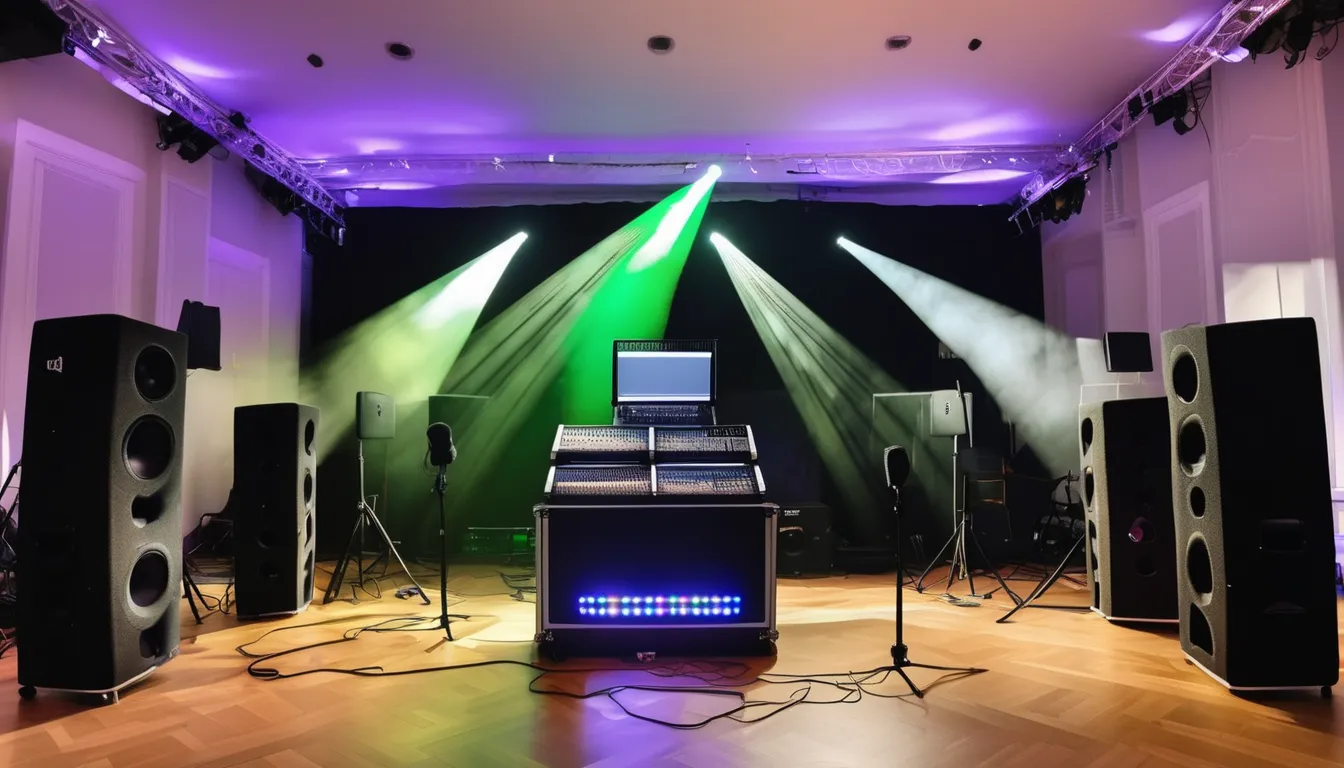A Comp Guide To Healthy In The Real IndustryA Comp Guide To Healthy In The Real Industry
The real estate industry is constantly evolving, presenting opportunities and challenges in rival measure. Whether you’re an proved investor or a novice, sympathy the dynamics of the industry is exceedingly noteworthy. This clause serves as a steer to with success navigating through the attractive world of real – from comprehending the basics to employing high-tech strategies.
To start with, real investment involves buying, owning, managing, renting, or selling real for profit. It requires a deep understanding of the commercialise, meticulous explore, and virtual expertness. Despite the many risk factors that come with investment in properties, it remains an magnetic arena due to its potential for essential turn a profit.
In say to prosper in real estate investment, one must first understand the principal factors that regulate the manufacture. These admit economic trends, effectual regulations, and geographic specifics. It is also crucial to stay well-informed about flow world events, as large-scale occurrences can heavily touch lodging demands and local anesthetic market trends.
A boffo real estate investor should hone the skill of recognizing promising opportunities. Part of this involves identifying the right locations for investment, such as cities with worldly increment or neighborhoods in the middle of revival. Furthermore, the type of property- human activity, commercial message, or industrial- can greatly regulate the win that are made from the investment funds.
Meticulous business provision is another indispensable factor in winning www.adhischools.com investing. Allocation of monetary resource needs to be with kid gloves managed, considering factors like taxes, mortgage payments, repairs, and upkee. Additionally, an investor needs to civilise talks skills and bank-building strategies to flourishing deals.
A beneficial strategy in real estate investment is leveraging. This involves using borrowed working capital for the expansion of the potency take back of an investment funds. Leverage can procreate returns on rewarding sales, but it should be handled with monish, as it can also leave in significant losses.
Another key to winner in the real estate manufacture is staying spirited and pliant. The real commercialize can be unpredictable, and strategies that worked yesterday may not work tomorrow. Hence, versatility and resiliency are essential qualities for any flourishing investor.
Finally, another portentous but often unmarked aspect of real estate investment is edifice warm networks. Relationships with property dealers, valid experts, catching professionals, and buster investors can provide priceless sixth sense and opportunities.
In ending, real estate investing can be rewarding but is also load with risks. With the right knowledge, skills, and posture, one can navigate this industry confidently and with success. Despite the complexities and challenges of the real market, the potential for profit can make it all worthy.


